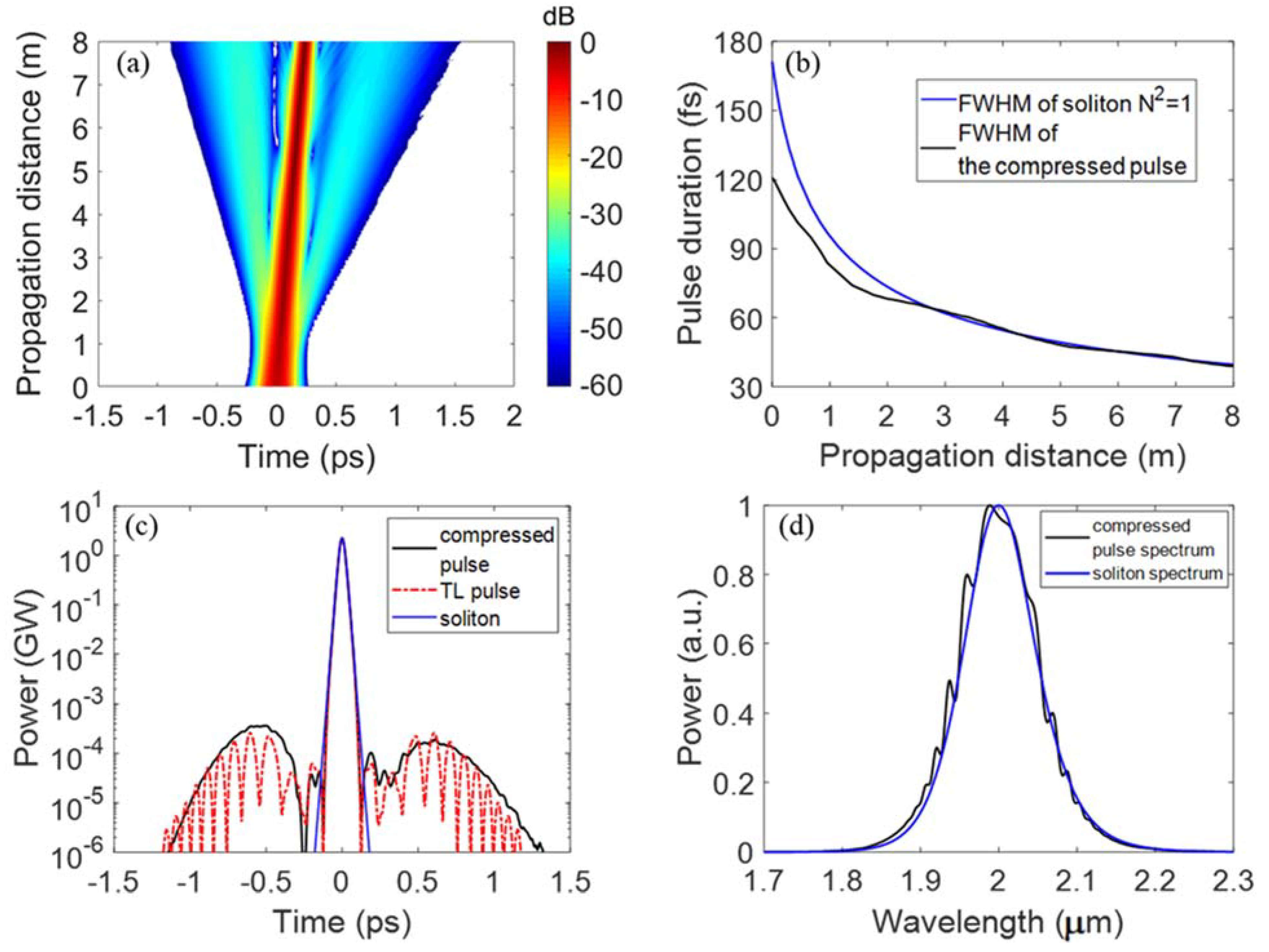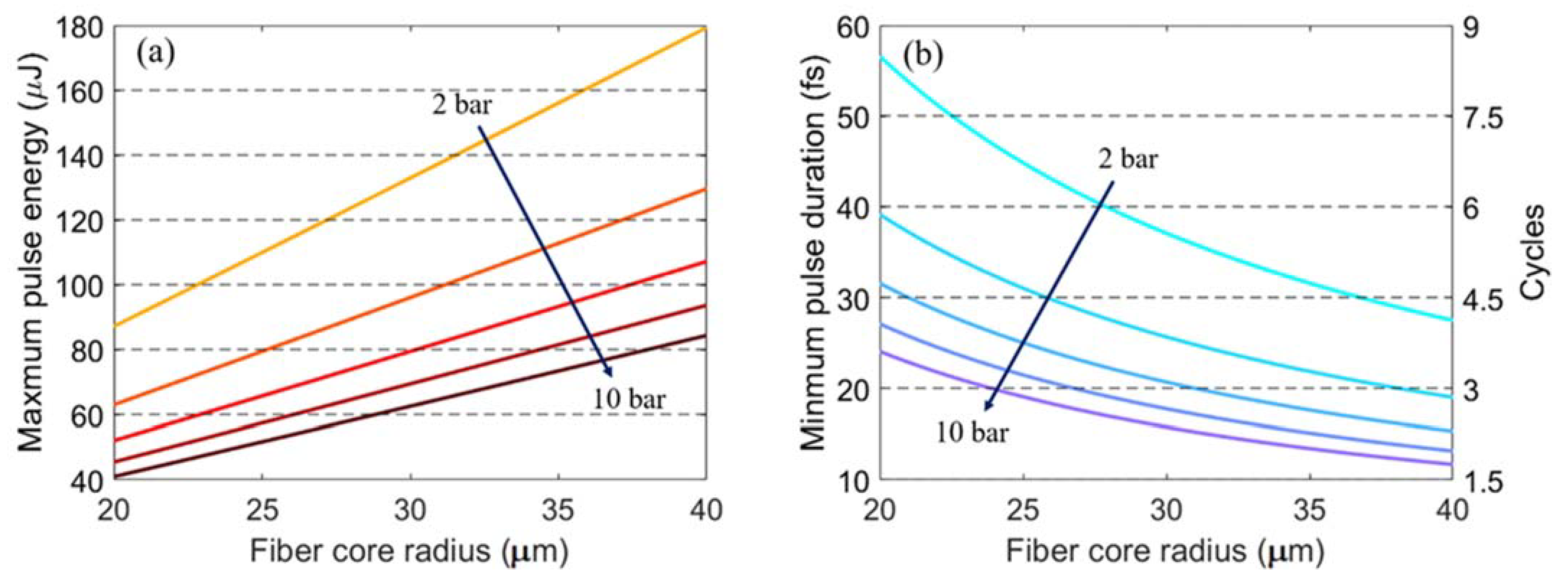
Source: MDPI
Understanding Pulse Compressors in Ultrafast Laser Technology
The Role of Pulse Compressors
Pulse compressors are critical components in ultrafast laser systems, primarily used to shorten the duration of laser pulses. This process enhances the peak power of the laser pulses, which is essential for various scientific and industrial applications. By manipulating the spectral and temporal characteristics of laser pulses, pulse compressors enable high-precision tasks such as material processing, laser machining, and advanced microscopy.
Types of Pulse Compression Technologies
Multipass Cell Compression
One effective method for pulse compression involves the use of multipass cells. These systems spectrally broaden and temporally shorten laser pulses with high efficiency. Typically, they achieve pulse shortening factors between 5× and 10× in a single stage with over 90% transmission. This method is compatible with most commercial ultrafast lasers, making it a versatile choice for users seeking to enhance their laser systems.
Hollow-Core Fiber Compression
Another advanced technique is the use of stretched-flexible hollow-core fibers (SF-HCF). This method involves spectrally broadening high-energy femtosecond pulses through nonlinear interactions with a noble gas inside a hollow fiber. Subsequently, the pulses are compressed using chirped mirror technology. The SF-HCF approach minimizes losses and supports intense input pulses, making it suitable for cutting-edge laser systems.
Motorized Dispersion Compensation
For applications requiring precise control over pulse dispersion, motorized dispersion compensation units are highly effective. These systems utilize motorized translation stages and prisms to adjust pulse lengths continuously, ensuring optimal pulse compression. They are particularly beneficial for enhancing image clarity in multi-photon microscopy and other imaging technologies.
Applications and Benefits of Pulse Compression
Pulse compressors are integral to numerous applications across various fields. In scientific research, they allow for the exploration of ultrafast phenomena, while in industrial settings, they enable high-precision material processing and machining. Additionally, pulse compression technology enhances imaging techniques, providing clearer and more detailed results in microscopy.
The ability to achieve high peak intensities with compressed pulses also opens up new possibilities in fields like photonics and nanotechnology. By optimizing the performance of laser systems, pulse compressors contribute to advancements in these cutting-edge areas of research and development.
Future Directions in Pulse Compression Technology
As laser technology continues to evolve, so too will pulse compression techniques. Future developments may focus on increasing the efficiency and versatility of these systems, potentially leading to even shorter pulse durations and higher peak powers. Innovations in materials and fiber technology are likely to drive these advancements, providing new tools for scientists and engineers working with ultrafast lasers.

Source: MDPI
Feel free to comment your thoughts.



